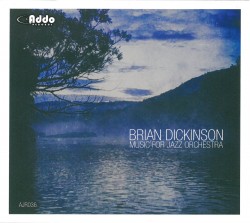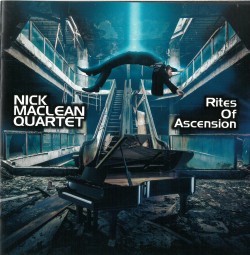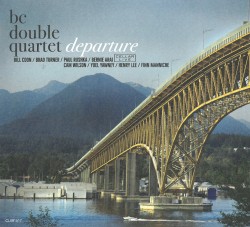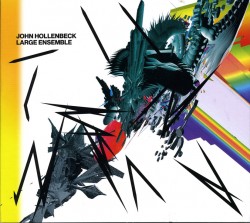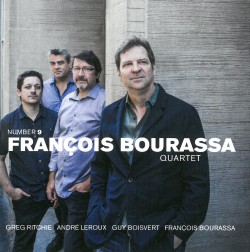NEVER DIE! - \\livingfossil//
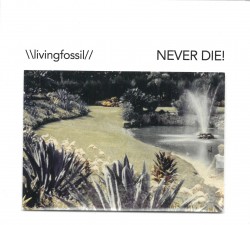 NEVER DIE!
NEVER DIE!
\\livingfossil//
Independent (gordonhyland.com)
NEVER DIE! is the debut album of Living Fossil, a group led by tenor saxophonist Gordon Hyland. Hyland is joined on NEVER DIE! by Mike Murley (tenor sax), Mackenzie Longpré (drums), Andrew Roorda (electric bass), Vivienne Wilder (acoustic bass), Neil Whitford (electric guitar), and Torrie Seager (electric guitar). Having two guitarists is somewhat atypical, even on a modern jazz album with rock and fusion elements, but it is part of the album’s magic that Whitford and Seager’s complementary voices are deployed so well, including on the title track, which features one of the most compelling sax solos of the album. Hyland is an exciting, technically-accomplished player – imagine Donny McCaslin with the gain turned up – but his dedication to musicality is evident throughout the album, whose most bombastic moments tend to be anchored by strong melodic statements. Murley joins the band on three tracks, including baby steps, a 3/4 rewriting of Coltrane’s Giant Steps. Far from the hard-driving, up-tempo treatment that Giant Steps usually receives, baby steps is restrained and sweet, with intelligent, engaging trading between the two tenors.
While this particular project is new, the members of Living Fossil have been playing together for over ten years, and this shared history goes a long way to explain the remarkable confidence and cohesiveness of this album. Credit, of course, must also be attributed to Hyland, whose clear vision – as composer, bandleader and producer – is sharply realized throughout the recording’s fastidiously-constructed program.


